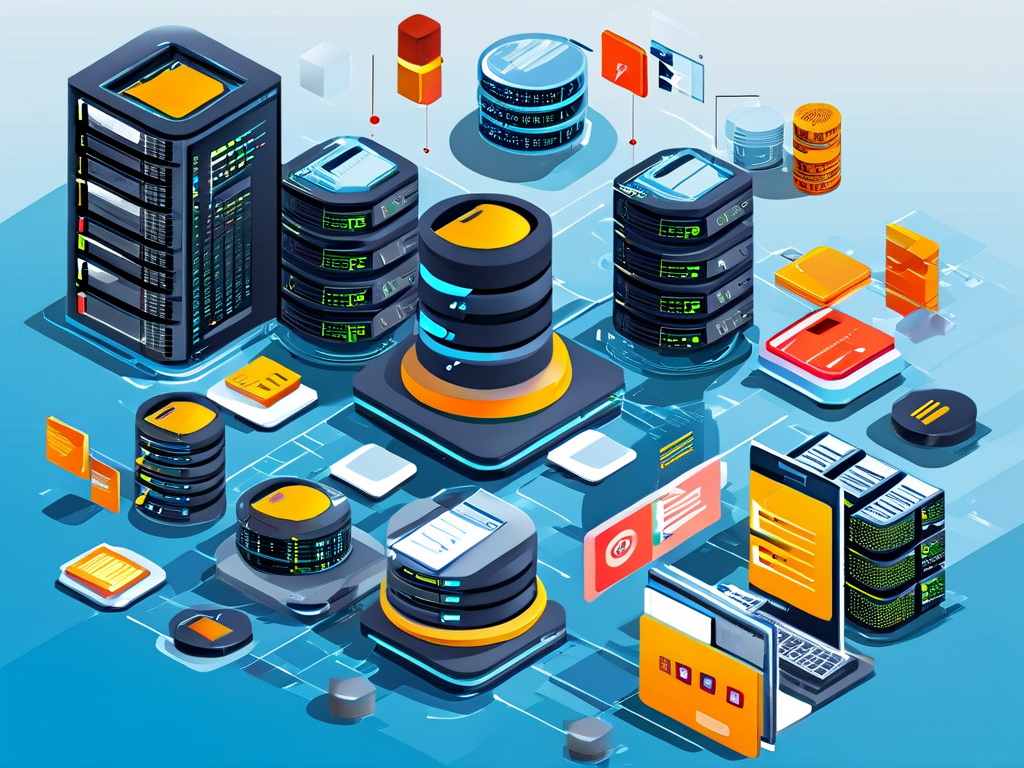In today’s fast-paced enterprise environment, automating SAP deployment has become a critical focus for organizations aiming to reduce manual effort, minimize errors, and accelerate time-to-value. Traditional SAP deployment processes often involve complex, repetitive tasks that are prone to human error, leading to delays and increased costs. By leveraging automation tools and methodologies, businesses can streamline workflows, ensure consistency, and enhance scalability.

The Need for Automation in SAP Deployment
SAP systems are foundational to many enterprises, supporting core functions like finance, logistics, and human resources. However, deploying and configuring these systems manually is time-consuming. Tasks such as environment provisioning, code migration, and system testing require precision and coordination across teams. Manual processes not only slow down deployment but also introduce risks, such as configuration drift or missed dependencies. Automation addresses these challenges by codifying processes into repeatable workflows.
Key Tools and Technologies
Several tools have emerged as industry standards for SAP automation. Ansible, for example, offers playbooks that define infrastructure-as-code (IaC) templates for SAP environments. A simple Ansible playbook might automate the installation of SAP NetWeaver components:
- name: Install SAP NetWeaver
hosts: sap_servers
tasks:
- name: Ensure dependencies are installed
yum:
name: "{{ item }}"
state: present
loop:
- libicu
- compat-sap-c++
- name: Execute SAP installer
command: /sapinst/SAPINST
Similarly, Jenkins pipelines can orchestrate end-to-end deployment workflows, integrating with version control systems like Git to trigger automated builds and tests. For cloud-based SAP deployments, tools like Terraform enable infrastructure provisioning across platforms such as AWS or Azure, ensuring consistency between development, staging, and production environments.
Best Practices for Implementation
Successful automation requires a structured approach. First, organizations should conduct a thorough audit of existing deployment processes to identify bottlenecks. Tasks that are repetitive, rule-based, or error-prone—such as system cloning or transport request management—are ideal candidates for automation.
Next, teams should adopt a modular design, breaking down workflows into reusable components. For instance, a module for database schema updates can be repurposed across multiple projects. Version control is equally critical; storing automation scripts in repositories like GitHub ensures traceability and collaboration.
Testing is another cornerstone of automation. Implementing unit tests for scripts and integration tests for deployment pipelines helps catch issues early. Tools like SAP Solution Manager can validate configurations against predefined standards, while Robot Framework enables automated regression testing for SAP GUI transactions.
Overcoming Common Challenges
While automation offers clear benefits, organizations often face hurdles during adoption. Legacy systems with custom code may require refactoring to align with automated workflows. Additionally, cultural resistance from teams accustomed to manual processes can slow progress. To mitigate this, businesses should prioritize training and emphasize the long-term efficiency gains.
Security is another consideration. Automated pipelines must incorporate role-based access controls (RBAC) and secrets management tools like HashiCorp Vault to protect sensitive SAP credentials. Audit logs should track changes made by automation scripts to maintain compliance.
Real-World Impact
A global manufacturing company recently automated its SAP S/4HANA migration, reducing deployment time by 60%. By using Ansible to standardize server configurations and Jenkins to manage transports, the team eliminated manual interventions and cut downtime during cutover. Post-deployment monitoring via SAP Focused Run provided real-time insights into system performance, enabling proactive optimizations.
Future Trends
The evolution of AI and machine learning is poised to further transform SAP automation. Predictive analytics could forecast deployment risks, while self-healing scripts might automatically resolve issues detected during rollout. Integration with DevOps practices will also deepen, fostering collaboration between SAP basis teams and software developers.
In , automating SAP deployment is no longer optional for enterprises seeking agility and reliability. By combining robust tools, disciplined practices, and a culture of innovation, organizations can unlock new levels of operational efficiency and position themselves for future growth.





